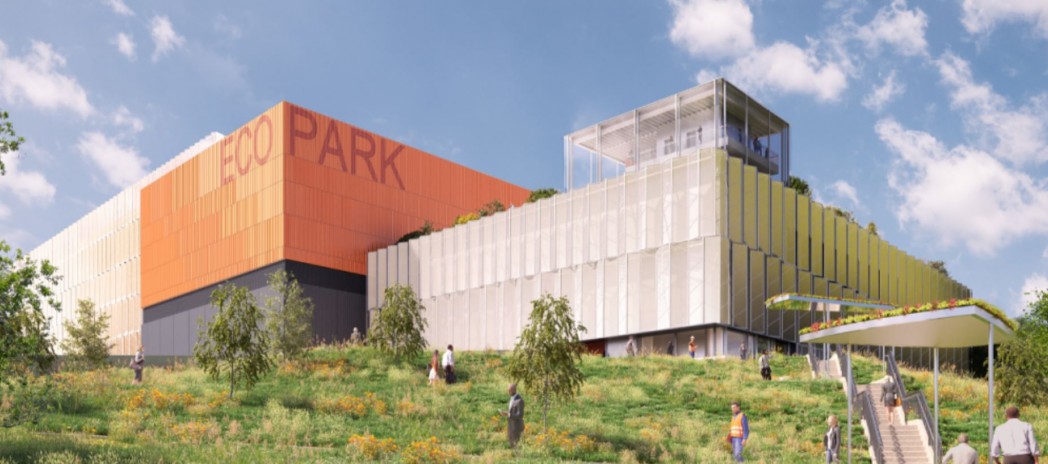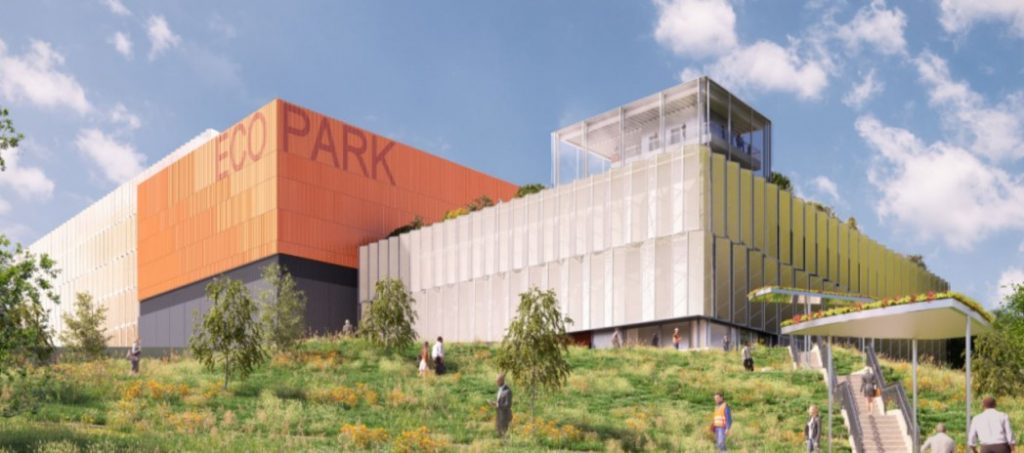
Easing Waste Challenges In The Big Smoke
10/09/2020 - posted in Bridges, Civils, HBPW News, Industrial, Marine, Value EngineeringAs the North London Waste Authority (NLWA) calls for bids for the construction of a £600M energy from waste plant, HBPW can reveal itself as the engineering consultancy behind the ‘enabling works’ that will support those contractors eventually chosen to lead the project.
The NLWA is the body responsible for arranging the disposal, recycling, and composting of waste for seven London boroughs, and its Energy Recovery Facility (ERF), part of the NLWA’s £1.2bn North London Heat and Power Project (NLHPP), will divert up to 700,000t of waste from landfill every year. It is to be constructed at Edmonton EcoPark – a 16ha site in the Upper Lee Valley.

HBPW Managing Partner, Paul Withers, said: “This is a big project by any measure, however, ‘enabling works’ are essential to its success which, metaphorically speaking, means HBPW has to prepare the ground for contractors in advance of their appointment.
“There is an existing three-span pre-stressed pre-cast concrete bridge over the River Lee Navigation – key to contractor site access – which the client identified as having bridge bearings which were design life expired.
“Consequently, we were able to carry out a grillage analysis, establish current bearing loads and produce the necessary information for a specialist manufacturer to produce new bearings.”
HBPW was also involved in the contractor design elements relating to the stability of the bridge approach embankments. The exemplar design, produced by another consultant, included a large number of soil nails to maintain stability of the embankment, principally in the event of rapid drawdown following a flooding event.
However, HBPW engineers were able to use their skill to eliminate the requirement for approximately 150 soil nails, saving several hundred thousand pounds for the project.
“We also gave careful consideration to the potential settlement of the embankment, which was founded on weak subsoils, and, in doing so, provided a pile supported geogrid pressure relieving platform to the East abutment of a new bridge over a nearby tributary to the River Lee Navigation.
“To our credit, the idea was so well received that the client subsequently determined that a similar pile supported geogrid pressure relieving platform be provided to the new bridge’s west abutment.”
The NLHPP is intended to be a sustainable waste hub, which includes innovative waste management and recycling facilities to help boost north London’s household recycling to 50% and divert waste from landfill.
Compared to landfill, the ERF will have the same carbon impact as taking up to 110,000 cars off the road every year and generate efficient low-carbon heat and power for thousands of homes and businesses.
